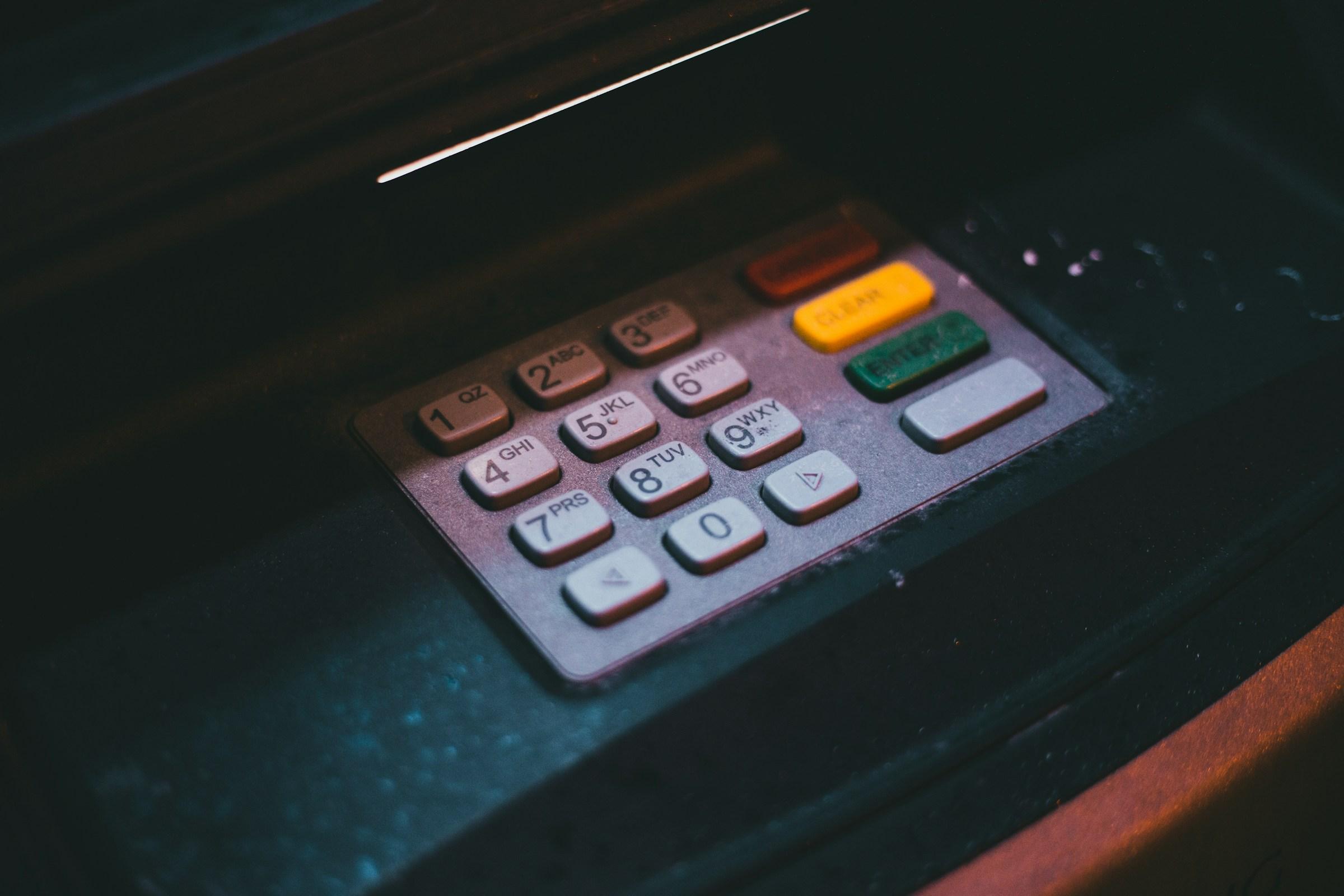You can pay every bill on time and still watch your credit score slip, and that experience can feel confusing or unfair until you understand what the scoring systems are actually measuring. Credit models look for patterns that help predict risk, and payment history is only one of several signals they weigh. In Singapore, Hong Kong, the United Kingdom, and many other markets, the ingredients are similar even though the bureaus and scores differ. The models read your utilization ratios, your total available limits, your average age of accounts, your recent credit seeking, the way your balances are distributed across cards, and whether the underlying data is clean and complete. When any of those inputs change, your score can drift even while your behavior remains responsible. Once you see the mechanics behind the number, the dips feel less like verdicts and more like small fluctuations you can anticipate and manage.
The most common reason for a surprise decline is the timing of balance reporting. Lenders send a monthly snapshot of each account to the bureau, usually around the statement date rather than the due date. The score reacts to that snapshot, not to whatever you plan to pay a couple of weeks later. Imagine you charge a large flight and hotel package for a work trip a few days before your statement closes. You intend to pay it in full as you always do. If the statement captures that high balance, the bureau receives a picture that shows you using a big chunk of your limit right now. Your utilization ratio rises for that cycle, and your score may soften, even though you never pay interest. The system does not know your intention. It only knows the balance that was reported on that day. This is why people who always clear their cards can still see month to month score movement that has nothing to do with missed payments and everything to do with snapshots.
A related dynamic appears when a bank changes your credit limit. Issuers periodically review accounts and adjust limits based on their own risk models or portfolio decisions. If a seldom used card is trimmed from a high limit to a modest one, your overall available credit falls, which pushes up your utilization ratio even if your spending pattern does not change. Your profile did not become less disciplined, but the math that sits underneath the score shifted. In many cases a polite request for a limit review on a well managed card can restore balance. The choice to apply for a new card to add limit should be made carefully because new applications carry their own short term costs in many markets, but the principle remains simple. The score is responding to ratios more than stories.
The age of your accounts matters more than many users realize. A long track record signals predictability. Closing an old, fee-free card can therefore remove years of history and reduce the total limits that help your utilization stay low. That single administrative choice can shorten the average age of your accounts and amplify the effect of the remaining balances. People often tidy their wallet after a refinance or a shift in rewards strategy, only to discover that their score looks thinner and younger for a few months. Nothing about their ability to pay has changed. The file simply appears less seasoned because one of its anchors is gone.
New credit seeking is another lever that can tug a score downward for a while. When you apply for a card, a personal loan, or a mortgage, the hard search recorded on your file introduces a short term penalty. One inquiry is rarely a major issue, but several in a tight window can look like a burst of risk seeking. The effect is temporary. As the new accounts age and accumulate on time payments, the early penalty fades and the additional history can improve your mix of credit. During periods when you know you will need your strongest possible profile, such as the months before a home purchase in Singapore or the run up to a tenancy check in the United Kingdom, spacing out applications is a practical way to avoid avoidable drag.
Data accuracy and identity hygiene should never be taken for granted. Scores are built from the information lenders and public sources provide. A payment that was misreported as late, a spelling variation that creates a second file, a stale address that lingers in the record, or an unfamiliar account that appears because of fraud can all push a score down despite perfect personal habits. These issues become more common when people move, change phone numbers, or add and remove authorized users. In the United Kingdom, being correctly listed on the electoral roll at your current address supports smoother verification. In Hong Kong, transliteration of names can split files. In Singapore, updates to employment or address sometimes create temporary mismatches. When your score slips and nothing in your routine explains it, a careful pull of your report in your local market is not a luxury. It is basic maintenance that helps you correct errors before they set in.
How balances are spread across your cards can also influence the number. Many models prefer to see most revolving accounts report zero at the statement date and only one or two show small balances. If all of your cards report a balance, even tiny ones from subscription charges, the model may interpret that as heavier use of revolving credit than if the same spending were concentrated on a single card. This is why some people use an all zero except one approach. They make mid cycle payments on most cards so that those statements close at zero, and they allow a token balance on a single card that still gets paid in full by its due date. Nothing about this tactic encourages debt. It simply aligns the snapshot with the pattern that the model tends to reward.
Installment loans behave differently from credit cards and can nudge the score in ways that feel counterintuitive. For a car loan or personal loan, the score often looks at how much of the original principal remains. At the start of the term, the ratio of current balance to original balance is high and the signal is weaker. As you pay down principal, the ratio improves and the account contributes more positively. If you refinance a loan at a lower rate, which is a rational financial decision, the score may dip at first because you have opened new credit and reset that ratio to a higher level. Over time, with each payment, the early dip fades. What looks like a penalty for a good decision is usually a short transitional effect caused by how the model reads new balances.
Sometimes your salary cycle and statement cycle work against you. If your paycheck arrives after your card’s statement date, your balance may look inflated right when the snapshot is taken, even though you clear it as soon as you are paid. You can quietly fix that by moving your statement date closer to your payday or by making a mid cycle payment a few days before the statement closes. You are not paying more. You are adjusting the timing so that the picture lenders see matches the reality of your cash flow.
Authorized user status can change your score without warning. If you benefit from being an authorized user on a long standing account with a generous limit and the primary cardholder removes you, the age and available credit you were borrowing for scoring purposes vanish from your file. The reverse also holds. Parents who add a young adult as an authorized user on a well run card can help seed a file with positive age and low utilization. The key is to know whether your current score leans on accounts you do not control and to plan for the day when that support is removed.
There is also a quieter reason scores move. Lenders gradually upgrade the scoring versions they use, and new versions sometimes change how certain behaviors are interpreted. A model that once ignored small balances on many cards may become more sensitive to that pattern. Another version may react more strongly to a cluster of recent applications. You cannot choose the model your lender uses, but you can keep your file resilient by focusing on fundamentals that every version values. Low utilization, clean data, a healthy average age, and patient spacing of new accounts travel well across versions.
With all of these moving parts, it helps to have a simple diagnostic routine for those months when your score falls despite perfect payment history. Start by looking at exposure. Check each card’s statement date and the balance that will be reported. If a single card is above roughly one third of its limit or your total utilization is higher than you want, make a small pre statement payment or spread charges more evenly. Move on to age. If you recently closed an old card that did not cost you anything to keep, consider whether reopening an alternative or retaining a different legacy line would protect history next time. Review recent activity and count how many hard searches appear over the last year. If they are clustered, give your file breathing room before the next application. Then review your reports for errors, duplicates, or unfamiliar entries and correct them with clear documentation.
When you need a near term lift because a mortgage application or tenancy screening is approaching, small administrative moves can help without changing your lifestyle. Ask for a limit increase on a card you have held in good standing for at least a year. Shift recurring charges so that only one card shows a small balance at the statement date while others report zero. Align statement dates with your pay cycle to avoid high reported balances by accident. Keep your oldest no fee card open to preserve age. If you find an error, dispute it promptly and follow through until it is fixed. None of this is flashy. It is quiet housekeeping that lets the model read your stability more accurately.
For people who move across borders, another layer of complexity appears because credit does not travel neatly. A strong file in Hong Kong does not build automatic depth in the United Kingdom, and a healthy Singapore record may not be visible after a move to Europe. During that transition you may carry thinner local files that swing more month to month. Plan for that by opening a local card early, using it lightly, paying on time, and adding new lines only after the first account has seasoned. Keep legacy lines open in your previous market when reasonable so that your overall financial flexibility remains intact while your new local profile grows up.
Finally, remember that some causes sit outside your control. A lender can lower limits across a portfolio in response to the economy. A fraud alert can temporarily affect your access. A clerical mistake can misclassify a payment. When those events happen, the healthiest response is to protect your plan rather than to fixate on the number. Keep records of on time payments. Ask for goodwill corrections when an error occurs. Place a fraud alert or a freeze if you see activity that is not yours. Maintain your cash flow discipline and your emergency reserve so that a temporary scoring dip does not force an expensive borrowing decision.
A credit score is not a moral grade. It is a moving snapshot that reacts to balances, ratios, ages, and data quality. You already control the most important habit, which is paying on time. With a small adjustment to when balances are reported, a thoughtful approach to keeping long standing accounts, a measured pace for new applications, and a periodic review of your data, your score will usually move in the same direction as your true stability. If you find yourself asking why the number fell after another month of perfect payments, the honest answer is that the model is responding to a snapshot that can be refined. Align the picture with the reality of your responsible behavior, and the number tends to follow.



.jpg)

.jpg&w=3840&q=75)

.jpg&w=3840&q=75)
.jpg&w=3840&q=75)

.jpg&w=3840&q=75)
.jpg&w=3840&q=75)


.jpg&w=3840&q=75)